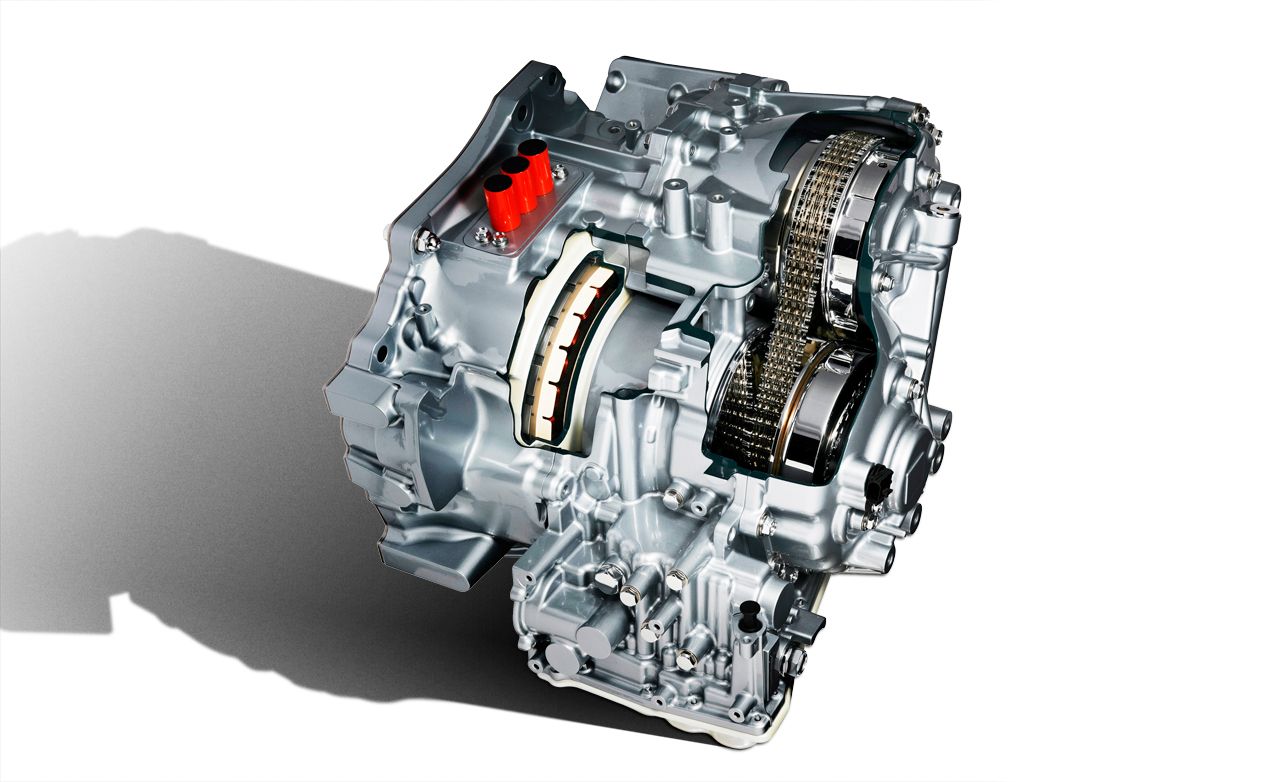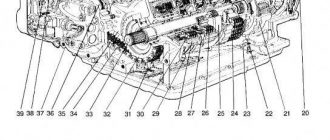Are All Cars Going to CVT Transmissions?
Introduction
Continuous Variable Transmissions (CVTs) have become increasingly popular in recent years, with automakers touting their fuel efficiency, smooth operation, and affordability. As a result, many consumers wonder if all cars will eventually adopt CVT transmissions. This article will delve into the current state of CVT technology, its advantages and disadvantages, and the likelihood of its widespread adoption in the automotive industry.
Advantages of CVTs
1. Fuel Efficiency
CVTs excel in fuel efficiency because they can maintain an optimal engine speed for any driving condition. Unlike traditional transmissions with set gear ratios, CVTs allow the engine to operate at its most efficient rpm, reducing fuel consumption.
2. Smooth Operation
CVTs provide a seamless driving experience by eliminating the abrupt shifts associated with traditional transmissions. This results in a smooth and comfortable ride, especially in urban areas with frequent stop-and-go traffic.
3. Affordability
CVTs are generally more affordable to manufacture than traditional transmissions, which can translate to lower vehicle prices for consumers. This advantage makes CVTs a viable option for budget-conscious buyers.
Disadvantages of CVTs
1. Limited Towing Capacity
CVTs are typically not suitable for vehicles that need to tow heavy loads. Their belt-and-pulley design may struggle to handle the additional torque required for towing, resulting in reduced performance and durability.
2. Less Engaging Driving Experience
CVTs can offer a less engaging driving experience compared to traditional transmissions with manual or automatic gear selection. The lack of distinct gear shifts may be uninspiring for drivers who enjoy the feel of controlling the vehicle’s power.
3. Reliability Concerns
Early CVT transmissions had reliability issues, but manufacturers have made significant strides in improving their durability. However, some concerns remain about the longevity of CVTs compared to traditional transmissions, especially in high-performance vehicles or those used for heavy towing.
Current Adoption of CVTs
CVTs are becoming increasingly common in various vehicle segments, including compact cars, midsize sedans, and crossovers. They are particularly popular in fuel-efficient models and those designed for urban driving. However, traditional transmissions are still widely used in larger vehicles, performance cars, and vehicles intended for towing or off-road use.
Future of CVTs
The future of CVTs in the automotive industry is uncertain. While they offer advantages in fuel efficiency and affordability, their limitations in towing capacity and driving engagement may hinder their widespread adoption. Additionally, the development of alternative powertrains, such as electric vehicles and hybrids, could reduce the demand for conventional transmissions altogether.
However, it is likely that CVTs will continue to play a significant role in the automotive landscape. Their fuel efficiency and affordability make them an attractive option for consumers seeking budget-friendly and environmentally conscious vehicles.
Conclusion
While CVTs have gained popularity in recent years, it is unlikely that they will completely replace traditional transmissions in the near future. Different vehicle segments and driving needs will continue to demand a variety of transmission technologies. However, CVTs will likely maintain their position as a viable option for buyers who prioritize fuel efficiency, affordability, and smooth operation.






